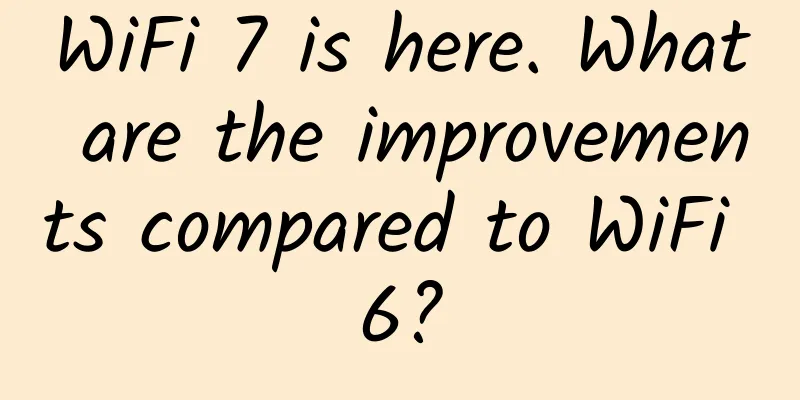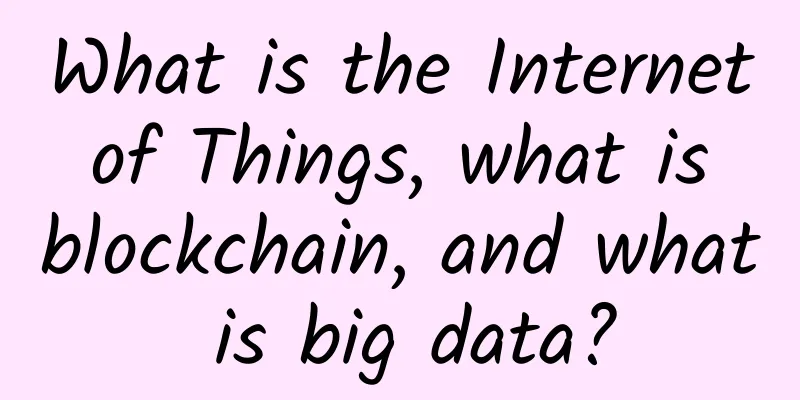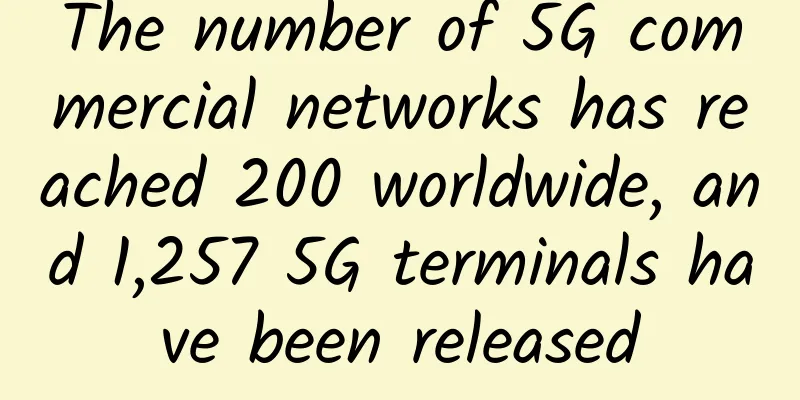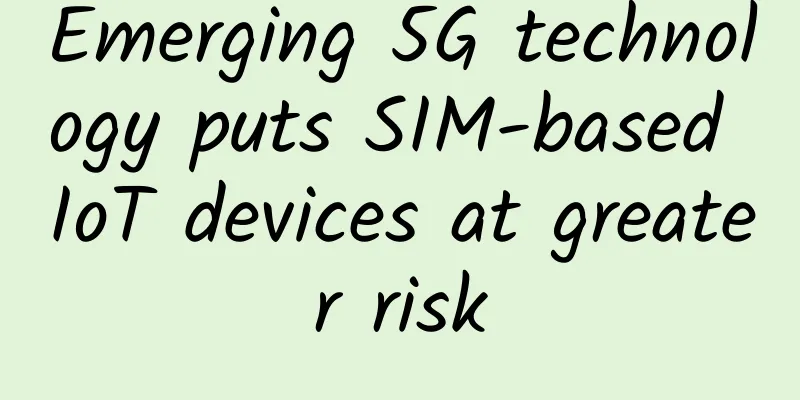WiFi 7 is here. What are the improvements compared to WiFi 6?

|
WiFi 7 has become one of the hottest topics, especially after Qualcomm, H3C and other manufacturers released WiFi 7 commercial solutions, the discussion about WiFi 7 has exploded again. So, what are the significant improvements of WiFi 7 compared to WiFi 6? For ordinary home users, do they need to upgrade to WiFi 7 now? First, the wireless transmission rate of WiFi 7 has been greatly improved, jumping from 9.6Gbps of WiFi 6 to 30Gbps. This is mainly due to the expansion of frequency bands and wireless channels, as well as the upgrade of modulation methods. WiFi 7 is here. What are the improvements compared to WiFi 6? WiFi 7 incorporates the 6GHz frequency band dedicated to WiFi 6E into the regular frequency band based on 2.4GHz and 5GHz. From the perspective of wireless channels, WiFi 7 uses 320MHz channels, which is double the 160MHz of WiFi 6. In terms of modulation, WiFi 7 uses 4096-QAM, while WiFi 6 uses 1024-QAM. However, according to user feedback, WiFi 6 does not significantly improve the user experience compared to WiFi 5, and the network speed does not reach the advertised data. Therefore, WiFi 7 is of little significance to ordinary home users. It is mainly aimed at high-speed intranet transmission and AR/VR scenarios. Users with NAS can access stored data faster through WiFi 7. For AR/VR devices, lower latency and richer data experience can be obtained. In general, WiFi 7 has little impact on ordinary users in the early stage. However, it brings new possibilities for scenario-based applications in various industries, such as industrial Internet and telemedicine. Ordinary home users do not need to follow the trend and replace WiFi 7 devices, but WiFi 7 has greater significance for industrial users. |
<<: How AI and software are driving 5G data center transformation
>>: Smart commercial buildings: Top 10 technologies to watch
Recommend
Briefly describe the four key indicators of network performance: bandwidth, latency, jitter, and packet loss rate
1. Bandwidth (1) Basic concepts Bandwidth refers ...
IPv6 brings huge opportunities for managed service providers
For MSPs, helping customers transition to IPv6 co...
A detailed introduction to the difference between WiFi5 and WiFi6 network speeds
I believe that most of my friends will fully cons...
Online troubleshooting guide: The ultimate way to bring your server back to life
Have you ever encountered these headache-inducing...
The 5G standard is here, when will the licenses and mobile phones arrive?
Just a few days ago, the plenary session of the i...
5G: Retracing the path of 4G?
2 years, 350 million. This is the answer given af...
Unity Online Technology Conference officially opens, with major upgrades to hardcore technology
Beijing, November 17, 2020 - On the evening of th...
Are you among the unemployed after 5G?
[[271219]] On June 6, a very special day, my coun...
In-depth analysis of the Raft protocol and KRaft practical demonstration
1. What is the Raft protocol? The Raft protocol i...
Application scenarios are not limited to connection. H3C releases the intelligent portal system iPortal
[51CTO.com original article] On August 7, 2017, N...
MEC – Are we getting closer?!
Multi-access edge computing (MEC) or previously m...
Jack Ma: Who you will be in 18 years is decided today
[51CTO.com original article] The World Internet o...
H3C focuses on new infrastructure to safeguard 5G commercial use
The current "new infrastructure" boom i...
How can operators easily get on the battlefield in the 5G era? 4.5G will take on the heavy responsibility
With the arrival of 5G, maintaining 2G, 3G, 4G, a...
[2024] Inventory of high-defense VPS merchants, US high-defense VPS/Hong Kong high-defense VPS
Continuing with the year-end summary, many friend...









